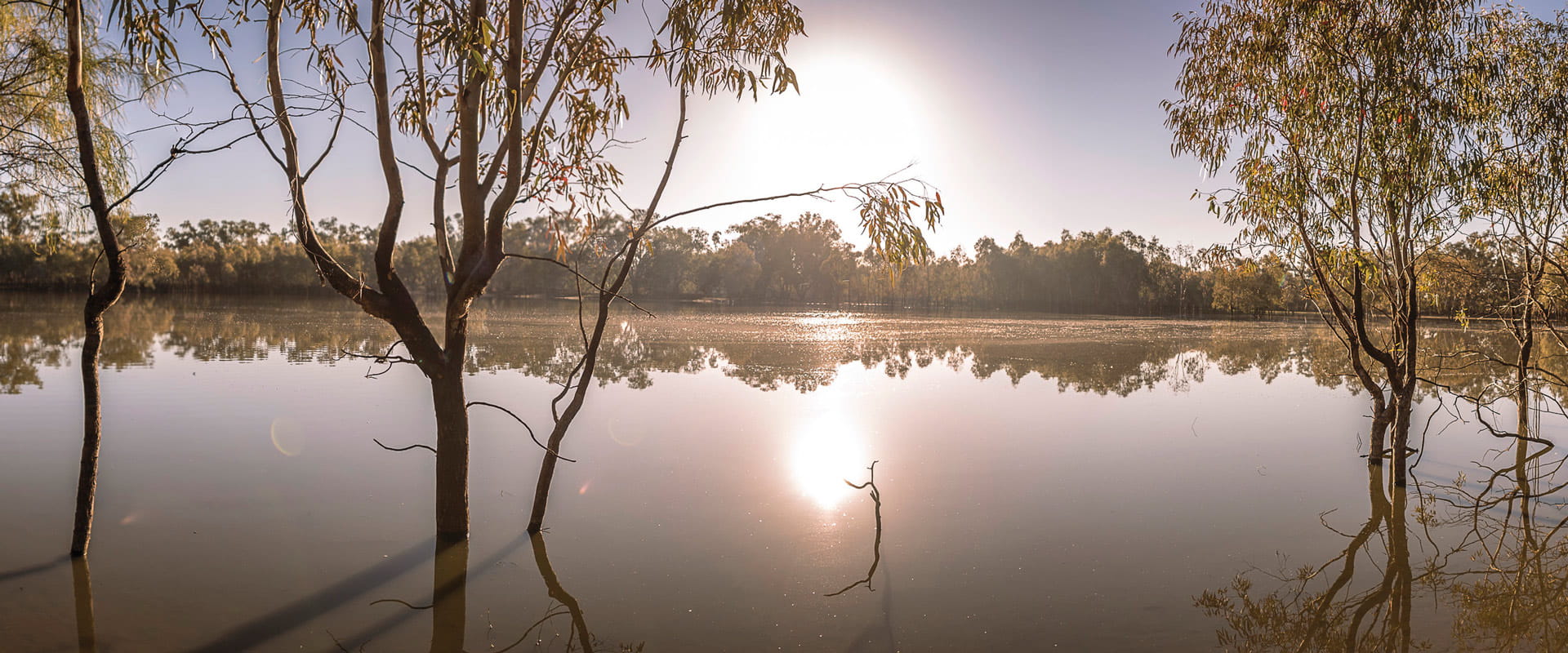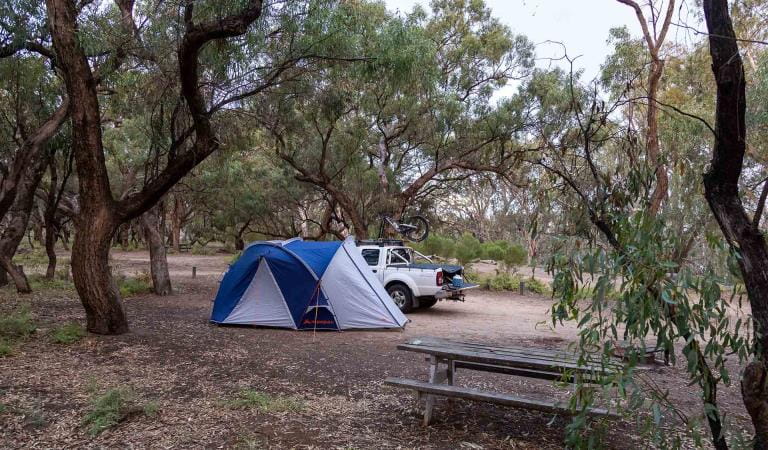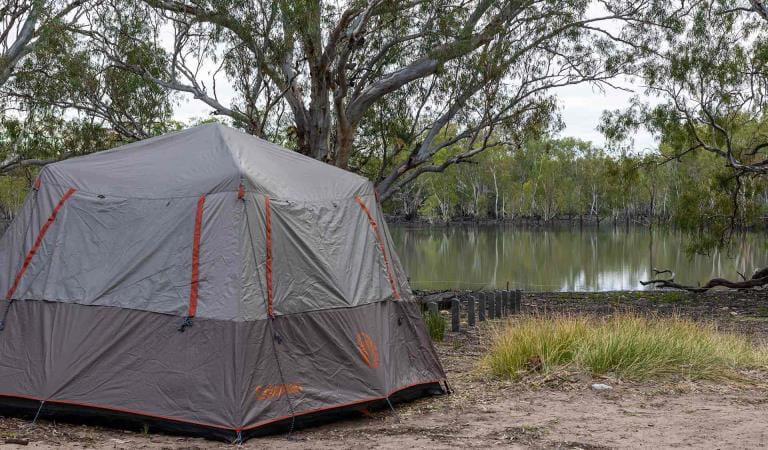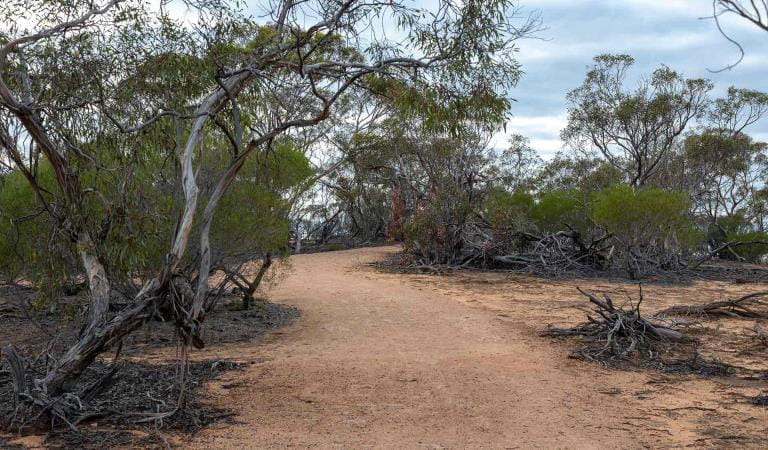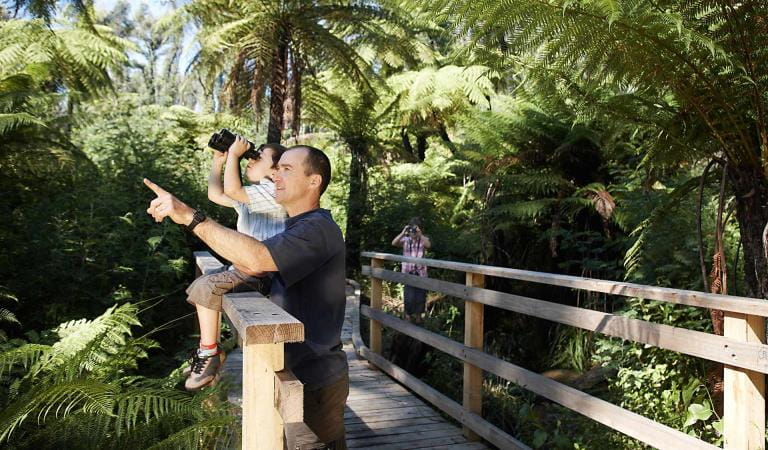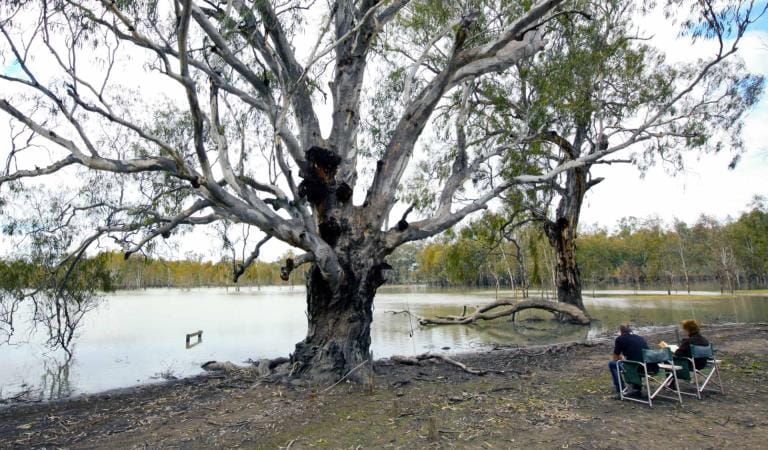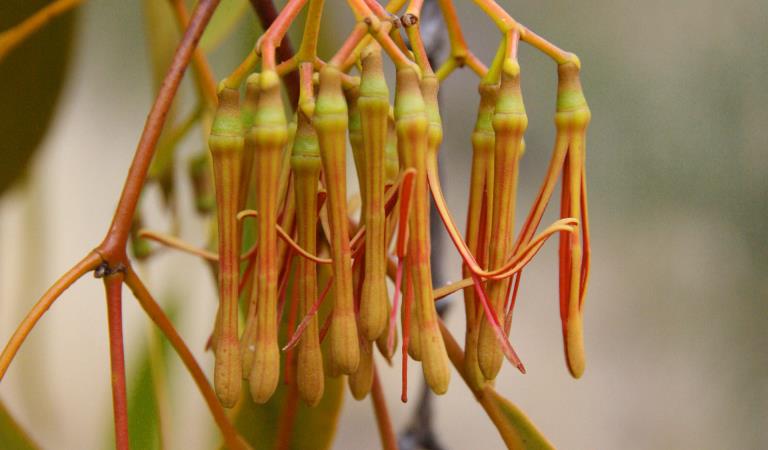Explore
Hattah-Kulkyne National Park lies in typical mallee country with extensive low scrub and open native pine woodland. Superbly adapted birds, animals and vegetation thrive in the poor, sandy soils and searing summers.
The freshwater Hattah Lakes is seasonally filled by creeks connected to the Murray, providing food and shelter for waterbirds and fish. These lakes can remain full for up to ten years without flooding, but flooding generally occurs once every two years.
Camping, walking, bike riding and canoeing are popular here and in the adjoining Murray-Kulkyne Park.
Things to do
Lake Mournpall Camping Area
Lake Hattah Camping Area
Walking in Hattah-Kulkyne National Park
Bird watching
Stargazing
Camping in Hattah-Kulkyne National Park
Wildflowers
Wildlife and Nature
This area is well known for its wildlife. Keep an eye out for:
Tours and adventure experiences in parks
One of the best ways you can get into nature is with a Licensed Tour Operator.
There are more than 400 Licensed Tour Operators across Victoria who are ready and waiting to help you experience and connect with Victoria’s spectacular parks and waterways.
Discover more than 60 different types of nature-based experiences including hiking, mountain biking, boating, four-wheel driving, indigenous culture tours, birdwatching, surfing, diving and so much more.
Licensed Tour Operators know all the best places to go and will plan and prepare your visit to ensure you are safe and can enjoy your nature-based adventure to the fullest.
How to get there
When you're there
Need to know
Accessibility
How we keep it special
The Mallee and River Red Gum Parks Conservation Action Plans provide directions for environmental conservation management across the diverse landscape. The Mallee plan focuses on the heathlands on sand dunes, saline soaks, woodlands, riverine and lake systems. The River Red Gum Plan looks at landscapes which are supported by the Murray River from dry and riverine forests to woodlands, freshwater and saline wetlands.


